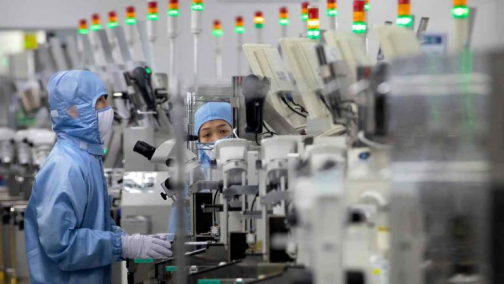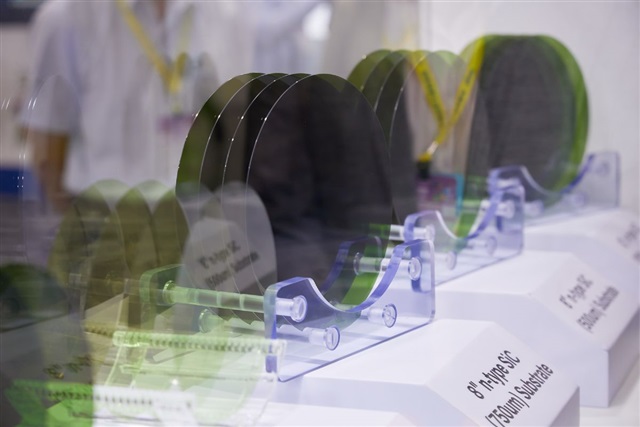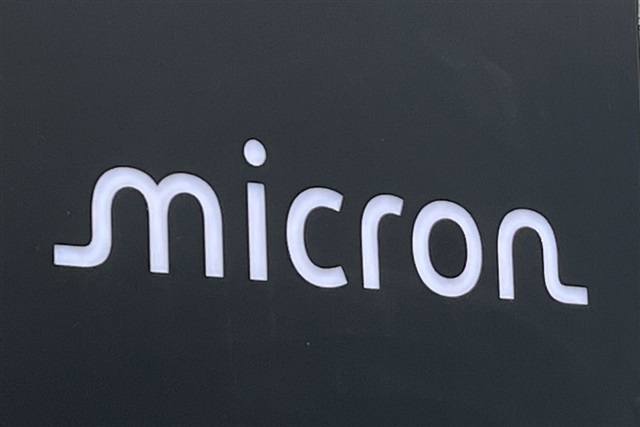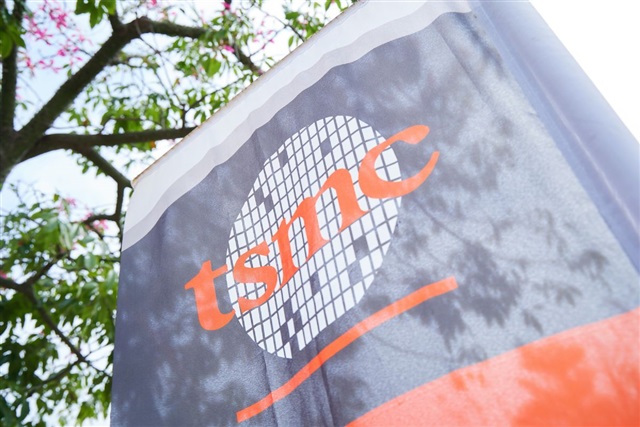
Photo source:AP
With the demand for semiconductor equipment, the supply of components has been a bottleneck.The delivery time of advanced parts required for semiconductor manufacturing equipment is more than twice longer than usual.The supply of equipment has entered a vicious circle due to the price of rising raw materials and a shortage of equipment semiconductors.
According to ETNews, delivery times for core parts were extended from the usual two to three months to more than six months.Delivery times for advanced parts such as the United States, Japan and Germany have also increased significantly.Products facing bottleneck effects include advanced sensors, precision thermometers, MCU for management equipment, and power line communication (PLC) equipment.Some components, such as PLC equipment, were delayed by more than 12 months.
A person from semiconductor equipment manufacturers said: " Although orders were placed last year, semiconductor equipment manufacturers that did not ensure their inventory encountered difficulties in producing equipment.As the delivery time of the accessories is extended, the delivery date of the equipment is also delayed.”
Manufacturers of test equipment imported from the United States tried to buy parts locally, but failed because of insufficient inventory.With the rising prices of semiconductor raw materials such as aluminum and steel, semiconductor companies have encountered difficulties in ensuring semiconductor accessories and casting accessories.
The shortage of semiconductor equipment components is due to a surge in demand.Orders for semiconductor equipment have surged as global semiconductor companies have invested heavily to address shortshortage for semiconductor equipment.In some cases, the past equipment delivery time of only a few months has exceeded two years.As the equipment industry rapidly increases production in response to surging demand, entire parts stocks have run out.Overseas parts manufacturers have not greatly improved their production capacity, which is also one of the reasons for short supply.Semiconductor equipment companies are responsive to equipment investment and begin to rapidly expand production capacity; however, component manufacturers are slow to respond.
A semiconductor industry official said: " Semiconductor equipment companies can easily improve production capacity, but component companies need to do a lot to build new infrastructure.Because of the heavy large-scale equipment investment burden, parts enterprises have encountered bottlenecks.”
Local semiconductor equipment companies, including South Korea, are also facing delayed delivery priorities.In other words, major overseas parts enterprises will first supply to the application semiconductor, ASML, TEL, Lam Research and other top semiconductor equipment enterprises.Local South Korean semiconductor equipment manufacturers, which had relatively low sales, received fewer parts.
The global shortage of semiconductor supplies is expected to worsen as production of —— manufacturing equipment, a core element of semiconductor production.With the delayed delivery date of semiconductor equipment under inventory, the equipment investment cycle of semiconductor manufacturers will inevitably slow down.
Abonnieren fuer regelmaessige Marktupdates.
Bleiben Sie auf dem neuesten Stand der Branchentrends, indem Sie unseren Newsletter abonnieren. Unser Newsletter ist Ihr Zugang zu erstklassiger Marktexpertise.

The US has initiated a Section 301 investigation into China's mature semiconductor processes and third-generation silicon carbide (SiC) semiconductors. Supply chain operators state that the increa

In 2025, we expect 9.5% growth in the global semiconductor market, driven by robust demand for data centre services, including AI. However, growth in other, more mature segments is expected to be stag

Taiwanese chip manufacturer TSMC has announced a $100 billion investment in the United States, aiming to build five additional semiconductor facilities.The plan was revealed by TSMC CEO C.C. Wei along

Prices of mature process memory, long hit by oversupply due to fast capacity expansion at Chinese makers, are expected to rebound, thanks to the Chinese government's consumption stimulus programs.

With the ongoing development of new-generation processors, the introduction of PCIe Gen5 specifications into high-end PC applications is set to commence in 2025. According to Micron Technology, Gen4 p

The global market is watching how TSMC, pressured by the US, might assist Intel's foundry operations, while Samsung Electronics and Rapidus, also facing challenges, may similarly require TSMC'